10 hottest UX trends [2024] that will boost your business
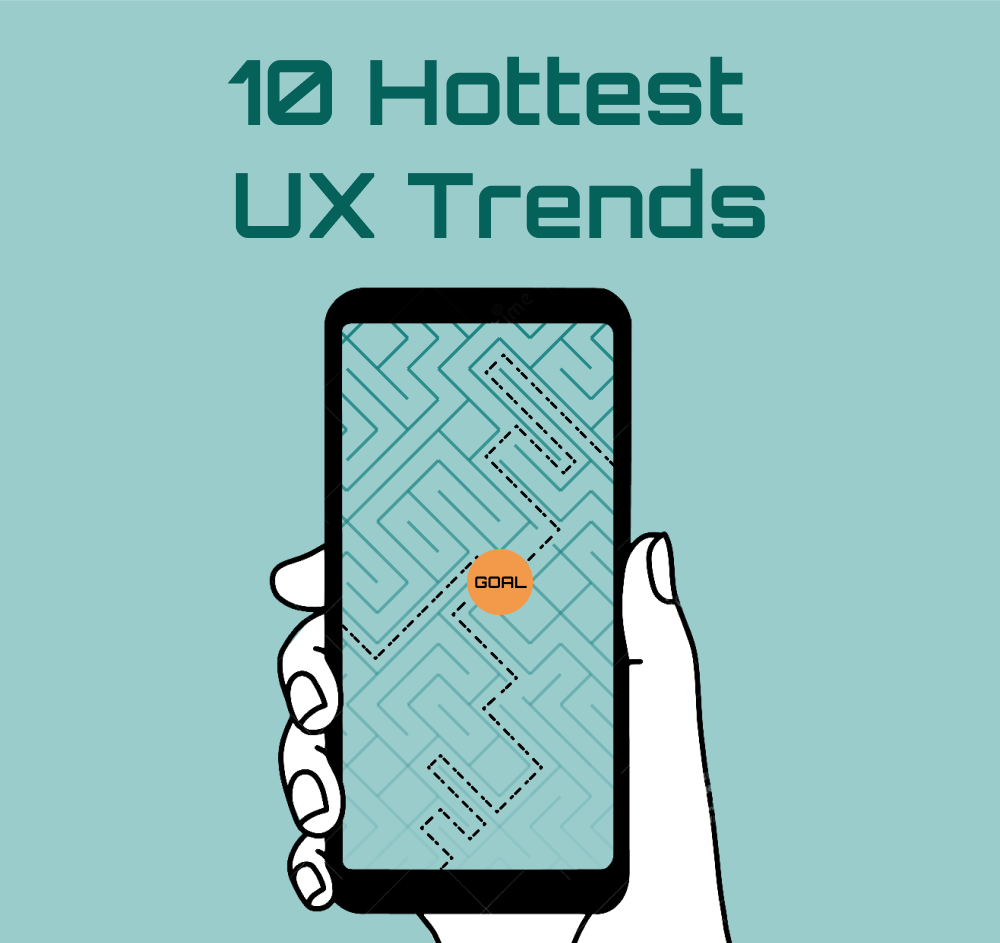
User Experience Design is a dynamic field, constantly evolving and forming new standards. Today it includes everything from the level of assistance and user engagement to brand awareness and recognition. A website is a base for a digital presence, a place where you want to direct traffic to make conversions, offer more information, and retain existing users and customers. That’s why well-thought-out user experience design makes a significant impact on businesses today and will in 2024 and beyond.
Over the next year, brands will build their successes by leveraging technology-driven solutions to customer needs and building deeper connections and relationships through the latest UX and UI trends.
In this article, we examine the major trends in UX design that experts believe will emerge and/or evolve further in 2024. To help you remain ahead of the curve and give your users the greatest experience possible!
These ten major trends deliver a snapshot of how UX design trends evolve to suit our rapidly changing world:
- Personalization Focus
- Extended Reality (ER)
- Generative and Conversational Artificial Intelligence (AI)
- Web 3.0 and the Metaverse
- Responsiveness
- Customization and Synchronization
- Gesture Control
- Micro-Interactions
- Creative Scrolling Experiences and Scrollytelling
- Emotive Interaction Design
But before we begin, here are some materials you might also need:
- 10 hottest UI design trends to increase customers engagement You Should Know
- 16 powerful marketing tips for websites And how it can Boost User Engagement
- Signs you need to rebrand and redesign to get out of quicksand with your business
- What is the difference between UI and UX? What is UI/UX design all about?
1. Personalization Focus
Hyper-personalization is getting increasingly popular and can steadily top the 2024 UX design trends. Personalization adjusts the interface according to the specific interests and needs of the user. As a result, users easily find what they need and complete their tasks faster. This leads to an improved user experience and understanding of user preferences.
A good example to review is the personalized TikTok “For You” page that forms based on every action of the user on the platform – swipe and scroll, their timing, likes, dislikes, comments, and even reading the comments. This detailed system helps the platform to form the most engaging feed for the users and recommend content that users with similar interests like.
Need help polishing your UX?
However, hyper-personalization also means collecting more user data, with or without their consent. Therefore, to build trust, it is important to give the users transparency over how the data is used and control over what information is shared. Personalization involves collecting more data and has already brought real value to both users and companies. Today many companies have begun to adopt it: Netflix’s homepage recommendations, Spotify’s tailored playlist, location-based personalization of the Coca-Cola website, and many more.

2. Extended Reality (ER)
In many ways, extended reality has already impacted UX design and will keep a steady rise in 2024 UX design trends. Companies like Ikea, Adidas, Walmart, McDonald’s, and Instagram are already using ER. They help users virtually try on clothes, see new furnishing at home, connect people through virtual games and entertainment, and train their employees via realistic simulations. With augmented reality (AR) and virtual reality (VR), the design focuses on 3D spaces and products that may be paired with headsets and haptic suits. Designers will also have to consider holography, spatial and audio augmentation, and designing for mixed reality.

3. Generative and Conversational Artificial Intelligence (AI)
In 2023 Artificial Intelligence (AI) took most industries by storm and User Experience Design is no exception. Particularly Generative and Conversational AI found a wide use spector.
Looking through AI integration options?
Generative AI concentrates on producing designs, content, and data. Within the context of UX design, generative AI can help revolutionize the design process in various ways. For example, it can sort through huge amounts of user data and assist in pattern analysis, greatly cutting the time needed to find and acquire insightful information. Trained with brand identity, generative AI can efficiently create relevant content to engage with users and more.
Conversational AI concentrates on simulating human conversation and text assistance. Within the context of UX design, it is used in chatbots to ensure smooth user flow and convenience, at the same time it serves as automation for business lessening the load for the employees.
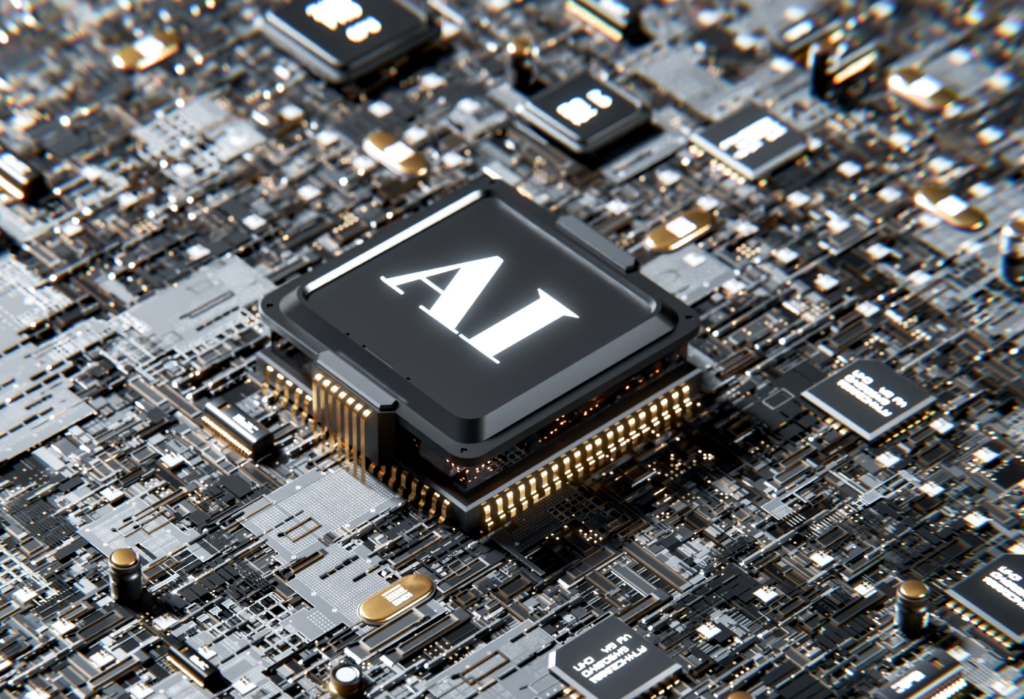
4. Web 3.0 and the Metaverse
Web 3.0 has just started its way, but together with Metaverse have great potential and will evolve in UX future trends. It uses AI and blockchain technologies to process information with human-like ability. Thus, Web 3.0 is powered by decentralization and shifting from server-client to peer-to-peer interactions. Web 3.0 releases users from global control of information and lets them be anything they want to be and do anything they want to do without a centralized censor. It will be a new world where reality and virtuality are seamlessly integrated. Meta explains it as “A set of virtual spaces where you can create and explore with other people who aren’t in the same physical space as you.”

5. Responsiveness
New devices hence new screen sizes appear every year at a minimum, so to keep the level of user satisfaction high it’s a must to adapt.
Need help creating outstanding User Experience?
Proving the importance of responsive design, Digital 2023 Global Overview Report by Datareportal shows that 92% of internet users in 2023 accessed the internet via mobile devices vs just over 65% on a laptop or desktop. Based on that you can even call it a new standard and not just a trend.
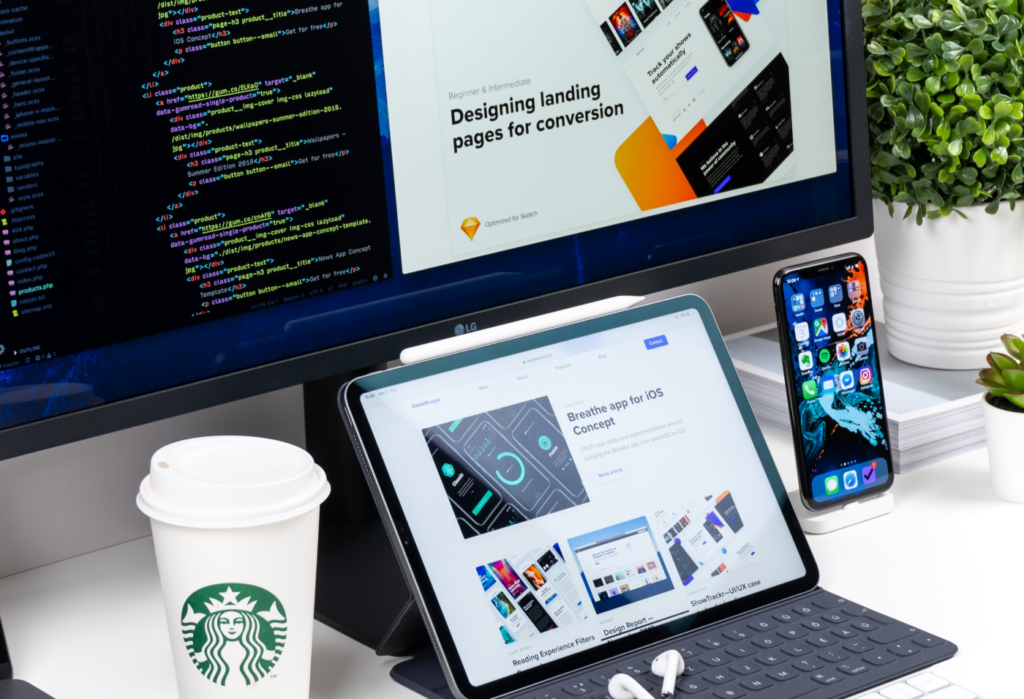
6. Customization and Synchronization
We always have a variety of devices with us at different times of the day, so sometimes we need to do the task with what we have on hand. The most efficient and best user experience-wise way to solve this – Customization and Synchronization.
The ability to Synchronize and Customize website and app content and settings between your computer and mobile devices like your phone, tablet, and smartwatch – is a convenient feature. This is helpful in daily life as well as in work, where you must constantly stay in touch.
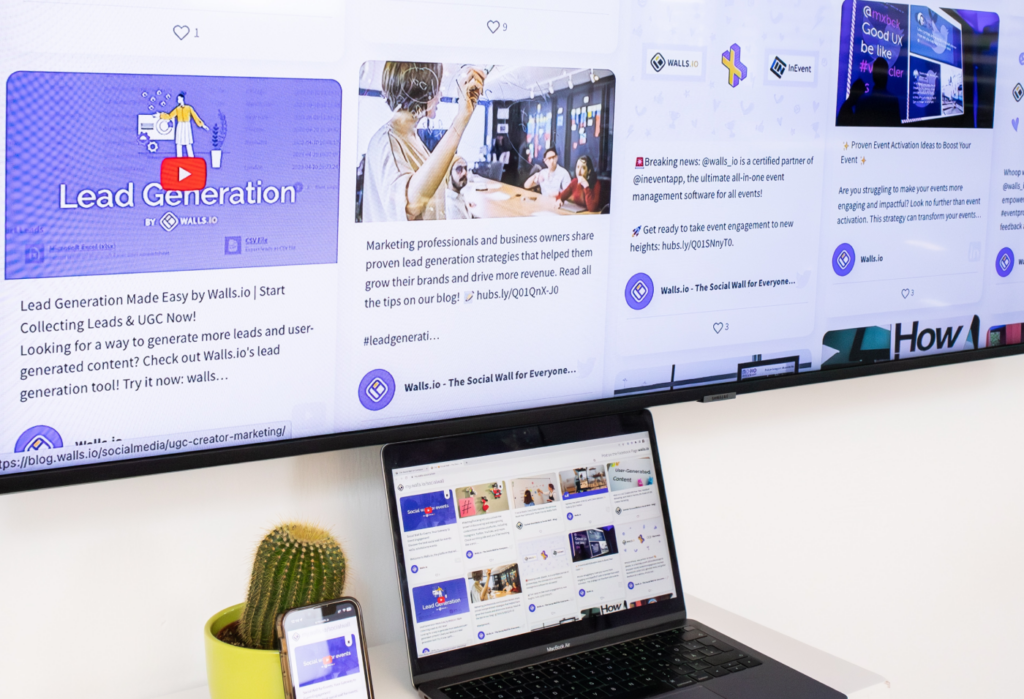
7. Gesture control
One more solution in UX design brought us gesture control navigation. There are two types of gesture recognition: touch-based gesture recognition and touchless gesture recognition. The last one is the most promising 2024 UX design trend. Such a solution was also impacted by the emergence of the pandemic in 2020. UX designers had to rethink user interactions and make them safer and hygienic. With touchless gesture control, users no longer need to touch the screens to perform an action. A simple gesture will keep the movement. The most important here is high sensitivity to ensure a rapid response.
According to Report Ocean research, the global gesture recognition market is estimated to grow by 20.3% from 2022 to 2031. The global gesture recognition market is expected to reach a value from $8 billion to $51.3 billion during 2021-2031. Companies like Apple, Google, Sony, Microsoft, Samsung, and Intel are already investing in the development of touchless gestures.
Gesture recognition technology is highly successful in the global market. As a result, adopting gesture recognition systems in UX design is undoubtedly the latest UX design trend.
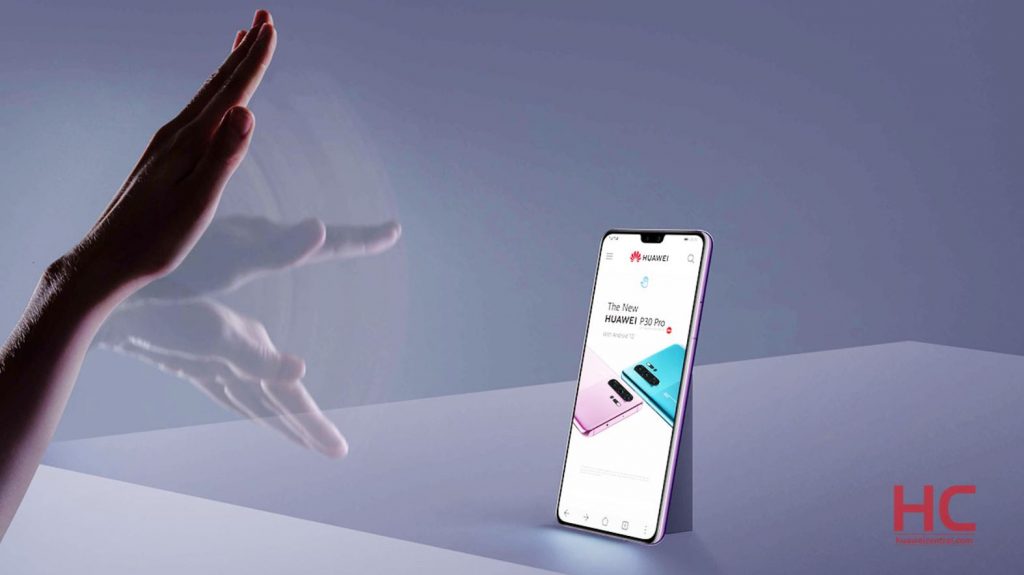
8. Micro-Interactions
Nowadays static design isn’t enough to provide a lasting impression. So in 2024 micro-interactions have become an integral trend to solve this problem. You can describe them as small, yet impactful, details. These small details, like a hover effect, confirmation messages, or animated buttons, improve usability while also interacting with users more personally. Micro-interactions make using digital interfaces smooth and enjoyable by giving rapid feedback and satisfaction. Using micro-interactions, even minimalistic design can become unique and engageable.
9. Creative scrolling experiences and scrollytelling
Scrolling is an experience on its own, and every year it’s getting more creative. This UX trend focuses on the journey of uncovering more and more bits of a website by scrolling. Elements in the background change, they move through the page with the users, or users are engaged in the experience offered by the website.
Looking for web or app design experts?
Scrollytelling is a new trend in storytelling. It changes a long-form story into an interactive experience. Audio and visual content add a deeper layer of meaning and emphasize the details of a story. It is a great way to tell compelling stories engagingly. Scrollytelling is especially well-suited for a story with a distinct chronology.
Traditional passive scrolling was just a way to end function. Today it has become an active and fascinating experience that takes users on a journey. The result is a positive, imaginative, and immersive experience.
10. Emotive interaction design
Today User Experience went far beyond giving customers what they say they want. UX includes all the users’ emotions, beliefs, preferences, perceptions, physical and psychological responses that occur before, during, and after use. No wonder emotive interaction design is the next big trend in UX design.
Emotive interaction design, or emotional design, creates experiences that evoke an emotional response in users. Users build a deeper connection to the website or app through emotional design. Animations and other effects create more positive experiences, engagement, and memorable interactions. They follow the journey with the user and provide encouragement and support. Mailchimp, Duolingo, and TunnelBear are great examples of using emotive interaction design.

Summary
“The design is not just what it looks like and feels like. The design is how it works”
Steve Jobs
What makes a winning UX design? Visuals, content, structure, and navigation all aim to give users a memorable experience. Many exciting transformations are happening in the user experience design this year. Current UX design trends and UI design trends open up a new world of possibilities to make people’s lives much easier.
To keep businesses moving forward, we must first understand these new trends in UX design and how they align with business needs and user expectations. Then transform it into a value-driven, best-possible experience for your users centered around boosting customer satisfaction.
Ready to see how using the latest UX trends would increase your conversion rate and benefit both your users and your business? AMgrade UX/UI designers would be happy to create an inspirational, fresh new web design for you Contact us.